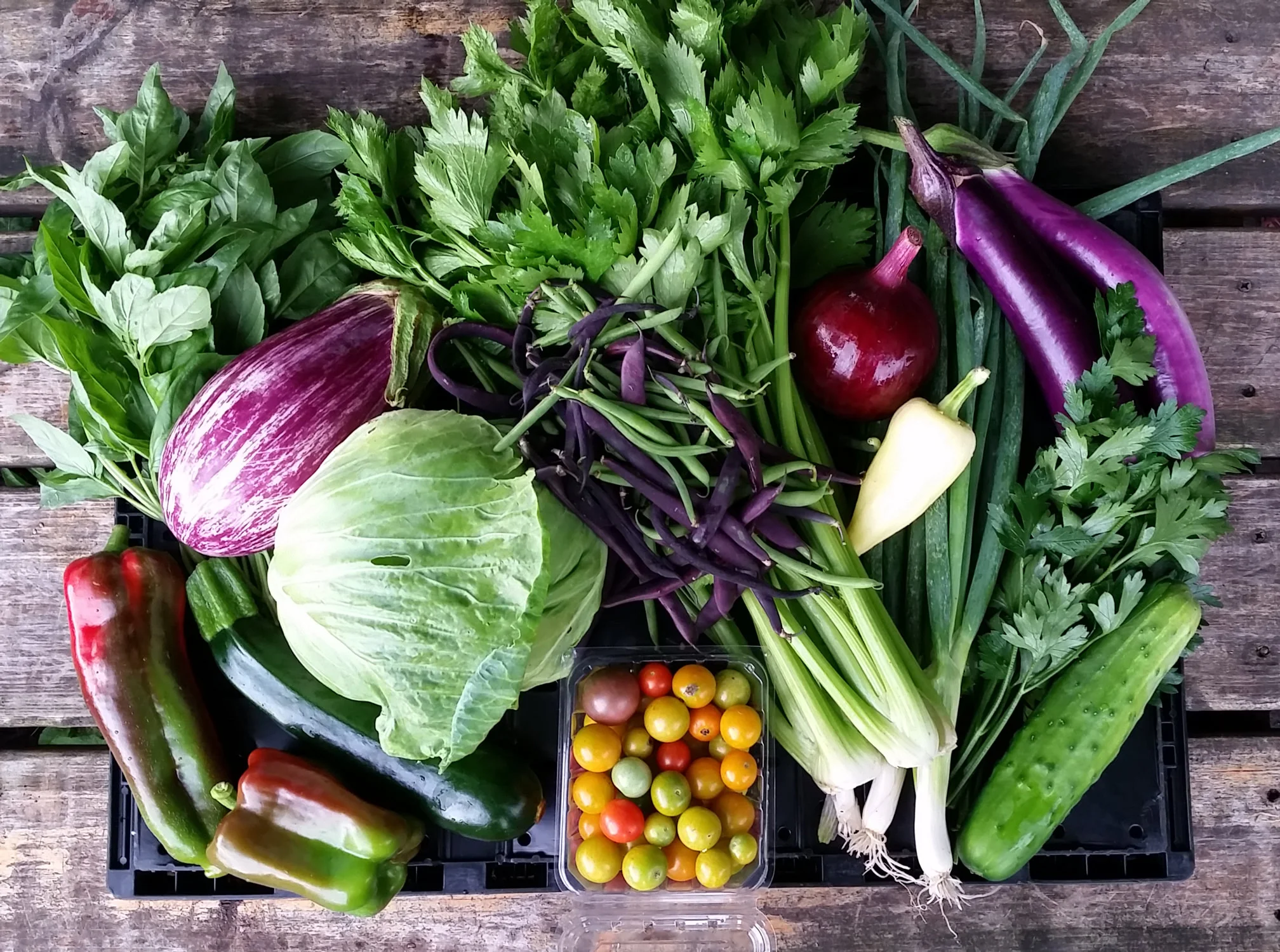How to Pick a CSA
/Image via Open Arms Market
If you aren’t familiar with the term, CSA stands for Community Supported Agriculture. The idea is that you buy into the risk of a local farm’s harvest to support them, and then you receive a portion of that harvest. Typically, you can subscribe for a bushel a week or a half bushel a week. Different farms have different set ups and pricing structures.
The best time to sign up, at least in Minnesota, is late January through March. The earlier the better because many of them sell out. We haven’t done a CSA in a few years now, but we had done it for three years and really enjoyed it. It’s a really nice way to eat more vegetables as well as try vegetables you might not otherwise pick up on a regular basis.
Here’s what I look for when picking a CSA subscription—
Variety of Produce Offered—The first year we did a CSA, we received a lot of kale. I mean a lot. I never wanted to see kale again after that first summer. That taught me a valuable lesson—make sure to check what the farm will be growing. Most farms list what they grow, and I like to pick one that includes veggies, herbs, and some fruits to get the best variety.
Add-ons—Some farms offer other things you can add-on to your subscription. Farm fresh eggs are something we like to look for but not all farms offer that as an option. Some farms also offer other add-ons like bread, honey, or meat.
Pick-up Date and Location—I don’t want to have to drive way out of my way to pick up my bushel each week, so I always look for a farm that has a drop site close to our house. There are usually plenty of options, but I use this as a factor to help narrow down my choice between different farms.
Cost and Length of the Program—Most farms have a similar season length running from mid-June to late September. It is helpful to check, though, and compare the length of the program and the costs for the base share, as well as any add-ons you may want.
In terms of keeping track of all this information and comparing the different farms, I like to create a spreadsheet and add in the name of the farm, pick-up location, produce offered, add-ons offered, length of the program, and cost of the program. That helps me compare the farms and ultimately decide on which farm we want to go with that year.
If you are interested in signing up for a CSA in Minnesota, I would recommend the Land Stewardship Project as a great starting place for your research. It lists farms that offer CSA options with a description of what they offer. This is helpful to get started, and then from there, you can review the options in more detail on the various farms’ websites.



